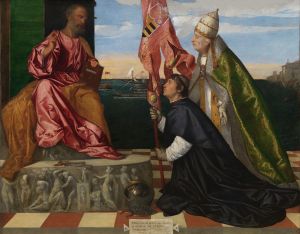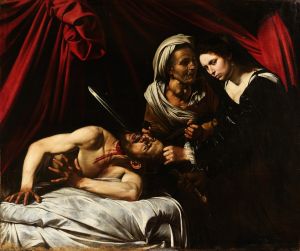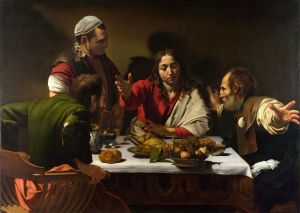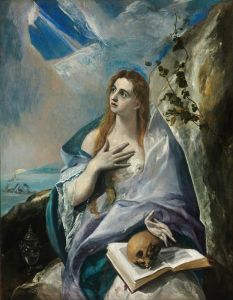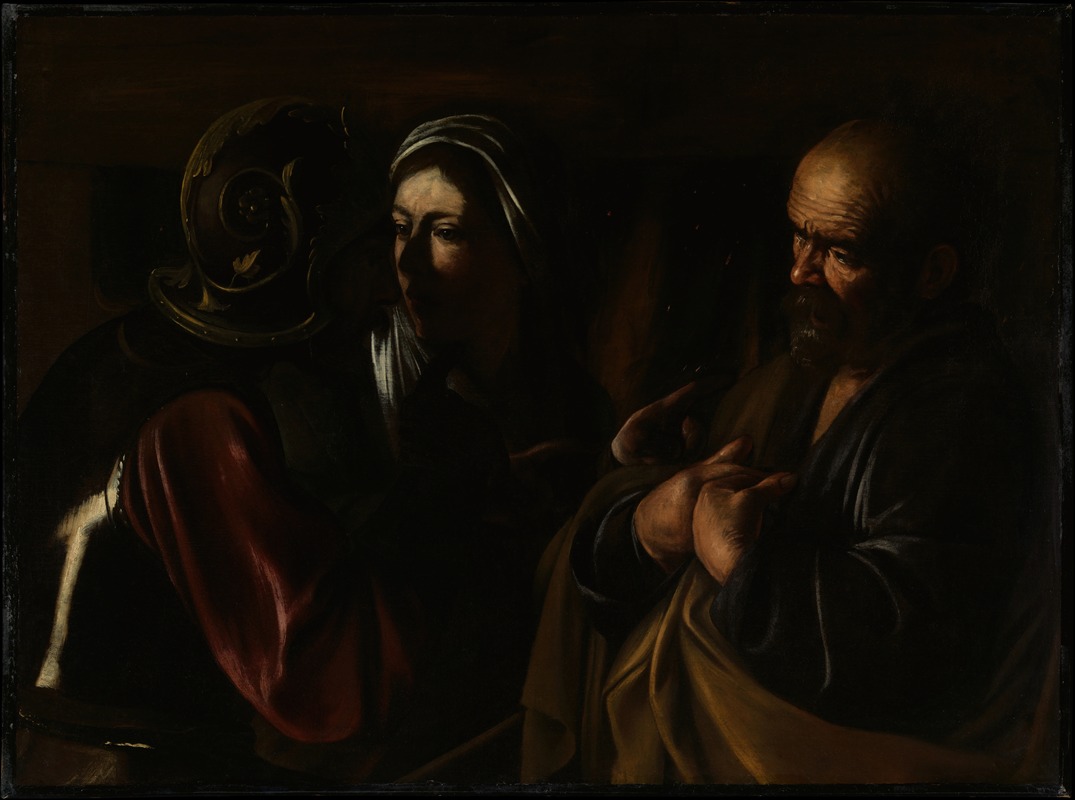
The Denial of Saint Peter
A hand-painted replica of Caravaggio’s masterpiece The Denial of Saint Peter, meticulously crafted by professional artists to capture the true essence of the original. Each piece is created with museum-quality canvas and rare mineral pigments, carefully painted by experienced artists with delicate brushstrokes and rich, layered colors to perfectly recreate the texture of the original artwork. Unlike machine-printed reproductions, this hand-painted version brings the painting to life, infused with the artist’s emotions and skill in every stroke. Whether for personal collection or home decoration, it instantly elevates the artistic atmosphere of any space.
"The Denial of Saint Peter" is a painting by the renowned Italian Baroque artist Caravaggio, created around 1610. This artwork is one of Caravaggio's later works and is notable for its dramatic use of light and shadow, a technique known as chiaroscuro, which Caravaggio famously mastered and popularized.
The painting depicts a scene from the New Testament, specifically the moment when Saint Peter denies knowing Jesus Christ three times, as foretold by Jesus during the Last Supper. This event is described in all four Gospels of the Bible, making it a significant moment in Christian theology. Caravaggio captures the emotional intensity of this moment with his characteristic realism and attention to detail.
In the composition, Saint Peter is shown in the center, with a look of distress and guilt on his face. His hands are raised in a gesture of denial, emphasizing the internal conflict he experiences. To the left of Peter, a soldier points accusingly, while a maidservant, who is often interpreted as the one who initially questions Peter, looks on. The expressions and gestures of the figures are rendered with Caravaggio's typical psychological insight, conveying the tension and drama of the scene.
Caravaggio's use of light in "The Denial of Saint Peter" is particularly striking. The figures are illuminated by a strong, focused light source, which creates stark contrasts between light and dark areas. This not only highlights the emotional intensity of the scene but also draws the viewer's attention to the central figures and their interactions. The background is kept dark and undefined, a technique that Caravaggio often employed to focus attention on the human drama unfolding in the foreground.
The painting is believed to have been created during Caravaggio's time in Naples, a period marked by personal turmoil and artistic innovation. During this time, Caravaggio was on the run, having fled Rome after being involved in a violent incident. Despite these challenges, he continued to produce some of his most powerful and introspective works, including "The Denial of Saint Peter."
"The Denial of Saint Peter" is housed in the Metropolitan Museum of Art in New York City. It remains a significant example of Caravaggio's mature style, showcasing his ability to convey complex human emotions and moral dilemmas through his art. The painting continues to be studied and admired for its technical mastery and its profound exploration of themes such as guilt, repentance, and the human capacity for error.
Caravaggio's influence on the art world was profound, and his innovative approach to composition and lighting inspired countless artists in the Baroque period and beyond. "The Denial of Saint Peter" stands as a testament to his enduring legacy and his unparalleled ability to capture the human experience in all its complexity.







